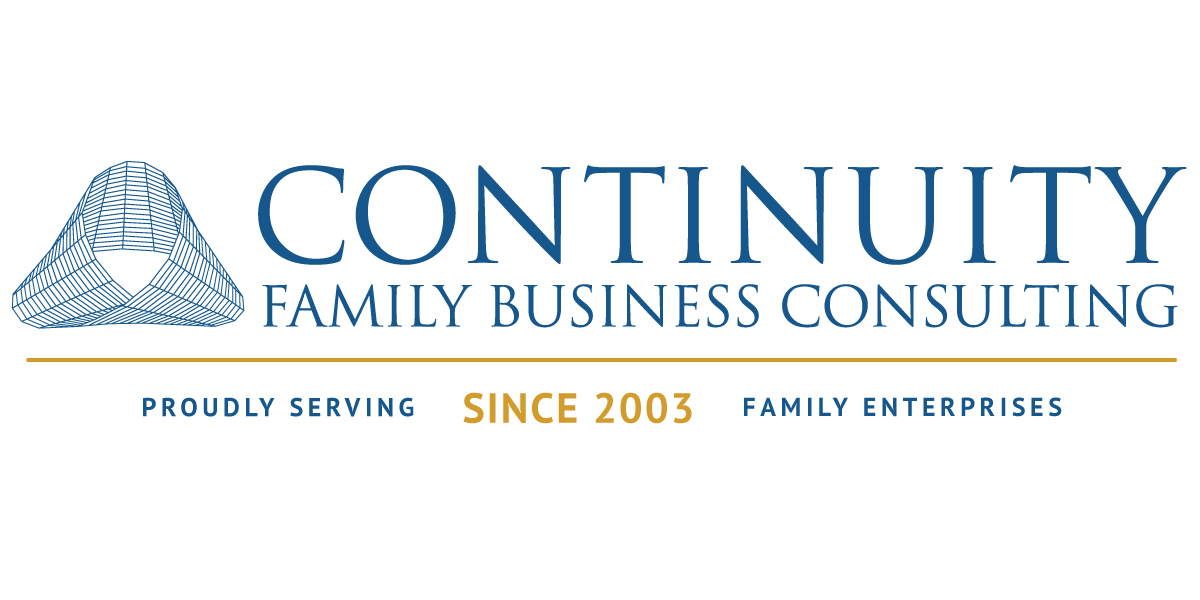
Getting a couple to talk about divorce when they are just embarking on marriage can be a tough sell to someone planning a wedding. For couples entering a partnership with comparable assets, a prenuptial agreement. aka prenup, is rarely contentious.
But when there is wealth disparity, prenuptial agreements can be seen as a requirement by one party and as a threat to the other. In this case, creating the prenup can prove critical to the success of the marriage—not just for the future conflicts it prevents, but also for the conversations it starts.
Prenups Protect Couples from Conflict
The truth is, prenuptial agreements are misunderstood. Rather than offering a tool to protect someone from exploitation, prenups protect the couple from the serious threat of conflict over wealth, power, and misaligned values that shatter many marriages.
The prenuptial development process invites couples to face head-on the realities of a life together sharing wealth. Rather than simply viewing the process as a negotiation, it can be another way of coming together deliberately and with care to have frank discussion about the realities of wealth, values, and how to integrate wealth successfully in their marriage. This conversation can make it less likely they will need to implement the prenup in the future.
How to Develop a Positive Prenup
In a positive prenuptial agreement process, the couple envisions themselves sitting on the same side of the table—not in opposition. There, together, they begin to consider facing the challenge of wealth disparity in their marriage and options for managing it.
The positive prenuptial agreement protects the partnership and explores wealth in marriage by considering five key perspectives of wealth integration in a family:
-
- Wealth Identity—Discuss the experience of each partner and extended family with wealth. What are your value systems, life choices, and goals?
- Raising Children in Wealth—Consider how you feel about talking about wealth with children. Anticipate challenges wealth creates for the developing child. What do you want your children to learn and become, and how could wealth help or hinder that process?
- Rules of Engagement—How will you make decisions around using your wealth? Explore some scenarios so the rules become clear and agreed-upon.
- Death, Inheritance, Trust, Taxes—One partner may need further education around the complexities of wealth. Take the opportunity to discuss guidelines and intentions for the distribution of family wealth to avoid surprises at difficult times.
- Post–marriage Contingency Planning—What many lawyers consider the “meat” of prenuptial agreements, the couples discuss what they deem fair and what they value to help them agree upon terms should they someday separate. Having started the process by having meaningful conversation about how they will integrate wealth into their marriage and family will guide them as they consider how lifestyles might change if the marriage ends.
The positive prenup is not meant to deny that at some point an adversarial negotiation with lawyers is inevitable and that this may alter some of the issues on which the couple has already found alignment. In addition to protecting individual interests, the positive prenup has the potential to bring couples into alignment on the “big picture” of how they want to live their lives and engage with their wealth, together. When they have good perspective on the “big picture,” they are better able to weather the challenges that arise when attorneys drill down on specific negotiations.
Ultimately, the prenup process may serve as a lifestyle road map for a couple heading into unchartered territory of marriage. It can level expectations for how wealth will impact decisions and help a couple develop transparent, objective spending “rules” based on their values.
A prenuptial agreement protects the partnership. It can be a valuable component of planning a life in which a couple can embrace each other and together embrace the challenges and rewards of integrating wealth and managing wealth disparity in a marriage.
Learn more about Continuity’s approach to Wealth Integration.
Learn about managing sibling wealth disparity here.
About Us
Continuity Family Business Consulting is a leading advisory firm for enterprising families. Using a full suite of service capabilities, we help families prevent and manage the single greatest threat to family and business continuity: conflict. It is through this lens that we advise our clients and build customized strategies for succession planning, corporate governance, family governance, and more. We help families improve decision making, maximize potential and achieve continuity. To inquire, visit https://continuityfbc.com/contact-us or call (617) 500-3110.

